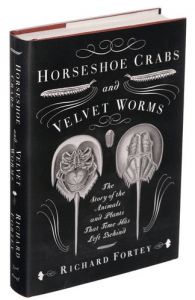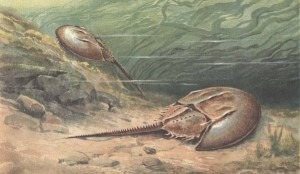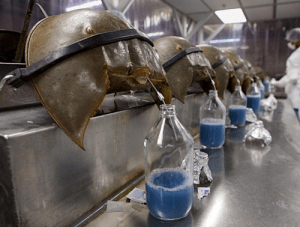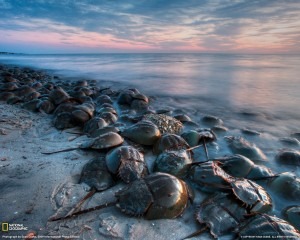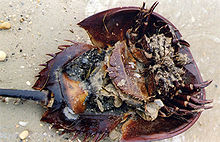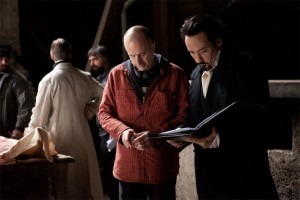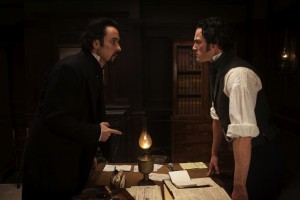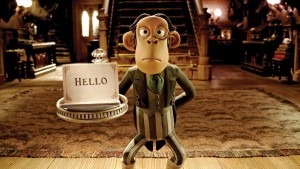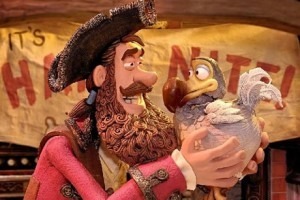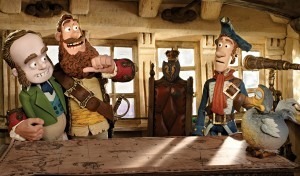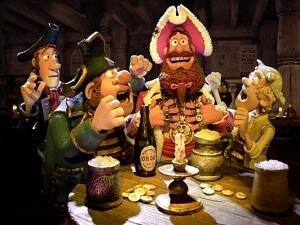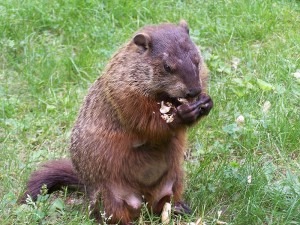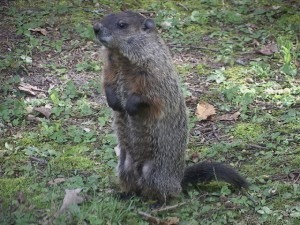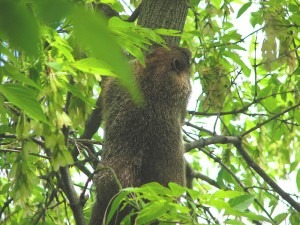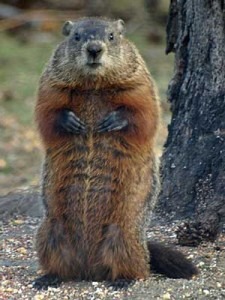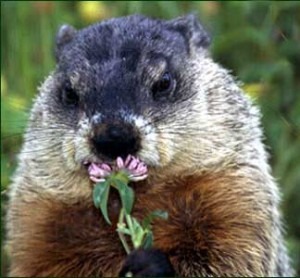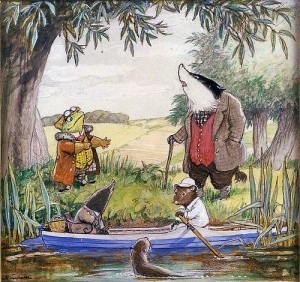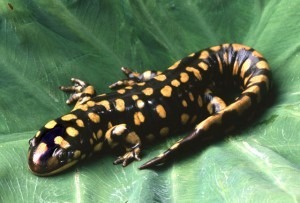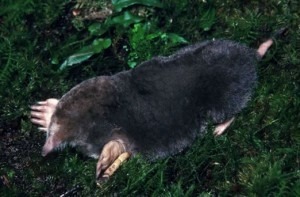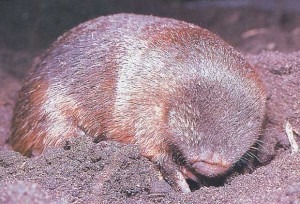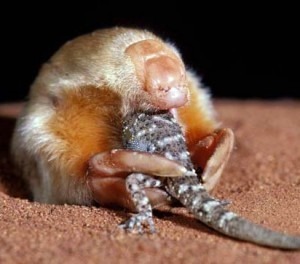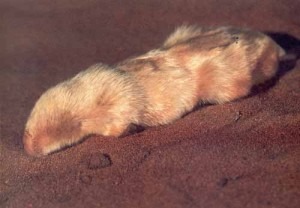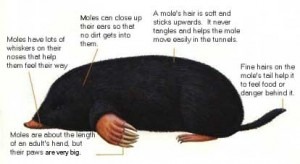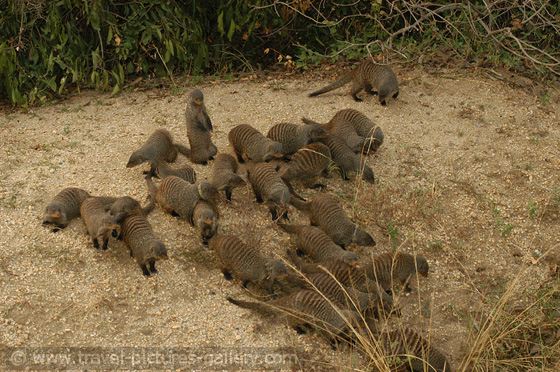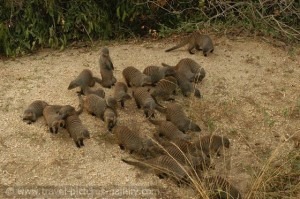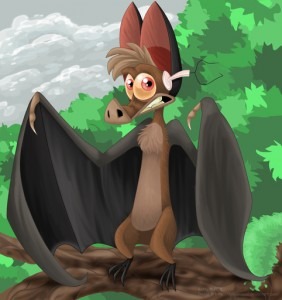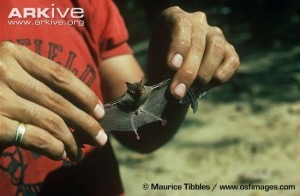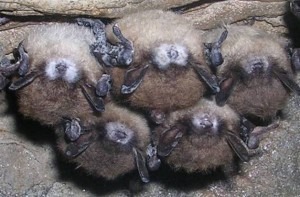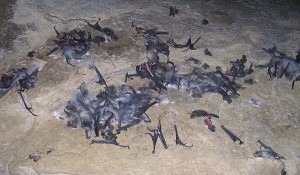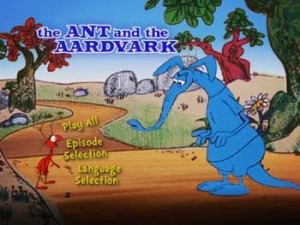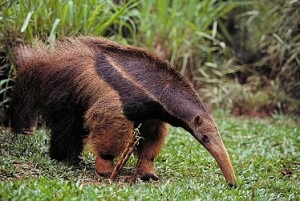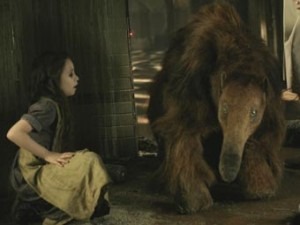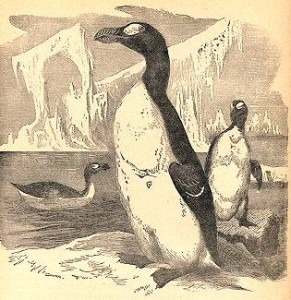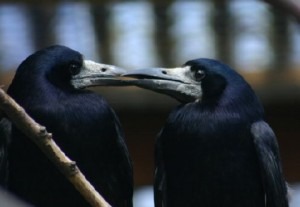I do not like football. That is no secret among those that know me. So whenever the most important game comes around, I usually sit it out quietly with a good book. Before the days of instant knowledge and the internet I would occasionally sit through part of a game just to see how well the beer commercials were getting along. Now, thanks to youtube and other related internet phenomena, I no longer have to do that.
Talk around the water cooler today will no doubt turn to that game, but more importantly, it will turn to the commercials. So I might as well jump on this band wagon, since I do not care in the least that the Pittsburgh Penguins lost to the Indiana Pacers. (for the record I know it was the steelers and the packers from Green Bay that played, but I markedly do not care enough to mix sports affiliations and cities. I did not capitalize them on purpose, I do not think they are work it.
I will start with a couple of fun, yet completely unrelated to the rest of this blog commercial. I will say that the beer commercial writes were a little off this year. Hold me closer tiny dancer was more of a shock than funny. I will say I watched it to the end. So, too, was coke’s offering. The world of warcraft-esque one was very nicely done, but not on the favorite list. Coke’s border one had to look good on paper, I bet it even sounded good out loud, but something was lost in the editing.
Doritos was okay, but not their A-game. The dead granpa one was best, the pug attack, slightly funny, the cheese freak guy in the office was just creepy. I do not mean creepy-funny either, I mean flat out did-he-just-really-do-that creepy. The guys at E-trade need to get more creative, at least Geico new when it was time to retire the cavemen. That way their cameos are still funny. The baby has fulfilled his use, please move on.
The Carfax I’m as happy as a… ad was good, but not worth putting up here. Really it was good to show that even nerds at conventions have similes. How great was it to see Ozzy functioning. How much greater was it to have Ozzy make fun of what’s his name? Great, and Ozzy may be out of touch, but he is still Ozzy, and not that little rat fink, I would have written an new Ozzy meets Old Ozzy gig. In fact take the space-time vortex that Kia has, shove that girly-kid through and have Ozzy bite off his head at the concert, and it even saves the life of a bat. If that is not a win-win situation, then I do not know what is.
I will give kudos out to Chrysler for the Detroit commercial, it was very well done. I went in thinking M&M really? what could this possibly have going for it. But it was very tasteful, and you do hope Detroit gets back on track.
First up, my not related to nature or dodos fan pick goes to snickers, last year they brought Betty White back and years ago they brought us the KC “Chefs” (great googley-moogley) and this year they gave Richard Lewis an industrial chain saw and employ him with lumberjacks. AND if that was not enough, they bring out Roseanne, and then, the best part–pummel her with a huge portion of tree. Maybe this is nature related.
What could super bowl ads possibly have to do with a nature/history blog? The most common answer to this would have to be nothing. However, something this year stepped away from the growing trend that sex sells (all but the Skechers commercials, whom I am sure are reveling in growing stock this morning.) to a more natural approach.
Collected here are 6 of the 50 odd commercials that came through for your enjoyment that I thought had some think tank value. Some are directly related to history and nature, some more obscure and just good ole fashioned fun.
First up, has little to do with football, less to do with history and science. What it has going for it is posh, and a not unimportant role for that of a Dodo. Albeit, it is only a stuffed specimen, but that brings something up of interest: Why is a stuffed Dodo a sign of luxury, old or otherwise? Are they a luxurious item due to their rarity, or is it because of their association with learned men of science that frequent the old stuffy museums? Who knows. Fact is, the writers could have chosen any numerous, random thing to hold a gate open for an escape from Club Fed, but it was, very poignantly, a Dodo. Almost a tearing up sensation for any self-respecting Dodo. So here is the top of the list and probably greatest stretch the Audi Commercial:
Moving on from that little gem, I find that apparently out of work anthropologist are writing commercial material for Kia. There 3 million clam ad spot contains a bit of James Bondery, the sea god Posiedon, an Alien abduction and subsequent joy ride, (thus rendering Kia the only model that can maintain proper air/fuel mixture in a non oxygenated atmosphere–go Kia.) A space-time vortex from another planet to I am assuming an ancient Aztec ritual back on Earth. If you want to get anal then one could say the motorcycle cop was from Terminator 2, and the giant Yacht belonged to Marcellus Wallace. This one I took less seriously than the Audi, but it was a fun ride.
From strictly a historical perspective, the 125 years of Mercedes Benz was fantastic. The only drawback was that it showed how much more awesome MB vehicles were in the past. I welcome the new Benz on the block, but my money is on some of the older generation models for shows of class, cool, and style. This following is the extended clip, with more footage of the awesome Mercedes of yesteryear. Not a bad touch to have the beginning of the ad startup with Joplin either, it almost balanced out having that other guy in there. I can only think of two questions for the execs over at MB: 1) Why don’t they offer older body styles and release them as Redux editions?, and B) Why did they feel the need to put any humans in that commercial at all? ( I will grant safe conduct for the Museum guard and the toll attendant.)
A little closer to home in the land of History of Science, comes the aspiring Chevy Volt commercial. Looks like Chevy and BMW were in a race to see who could spend the most on advertising during super bowl 2011. That being said, the volt commercial had a lot to love for anyone who did not sleep completely through their history courses in school, There was Franklin, and Edison, the television, Apollo (the rocket missions, not the theatre) and even computing nerds short circuiting the garage. Not sure on how well electric cars are going to be accepted in rural-commute-to-work areas, but they tried. Every time I see one of these commercials I think about the car charging “hydrants” that were a large part of The Watchmen graphic novel.
Filling out the final two entries in my short list, are another car commercial, and a company who oversees, quite literally, where the rubber meets the road. I had not seen the teaser trailer for this commercial (which a teaser for a 30 second spot seems a tad overzealous, but that is what drives the public these days, apparently) before, but was still delighted with the outcome. Post commercial I went back and discovered that is was all about “carma.” I have heard a few people claim this as their favorite, and why not, Human beings as a whole would like to believe what goes around comes around, it makes us feel better about ourselves, and it offers hope that one day that guy in the jacked up truck who swerved to hit a turtle, will burn in hell.
Finally, last but not least, I will submit my favorite commercial from the super bowl of 2011. As a nature writer I am biased, but I know my biases so that makes it okay. The battle for the best by general consensus and popular vote really only comes down to two, and both are Volkswagen commercials. I will admit, the young Darth Vader’s intense focus, and equally intense surprise at the end was very nice. However, one must remain true to the “force” that is within, and quite frankly, my “force” does not choke baby dolls, or move peanut butter and jelly sandwiches, It hauls ass.
